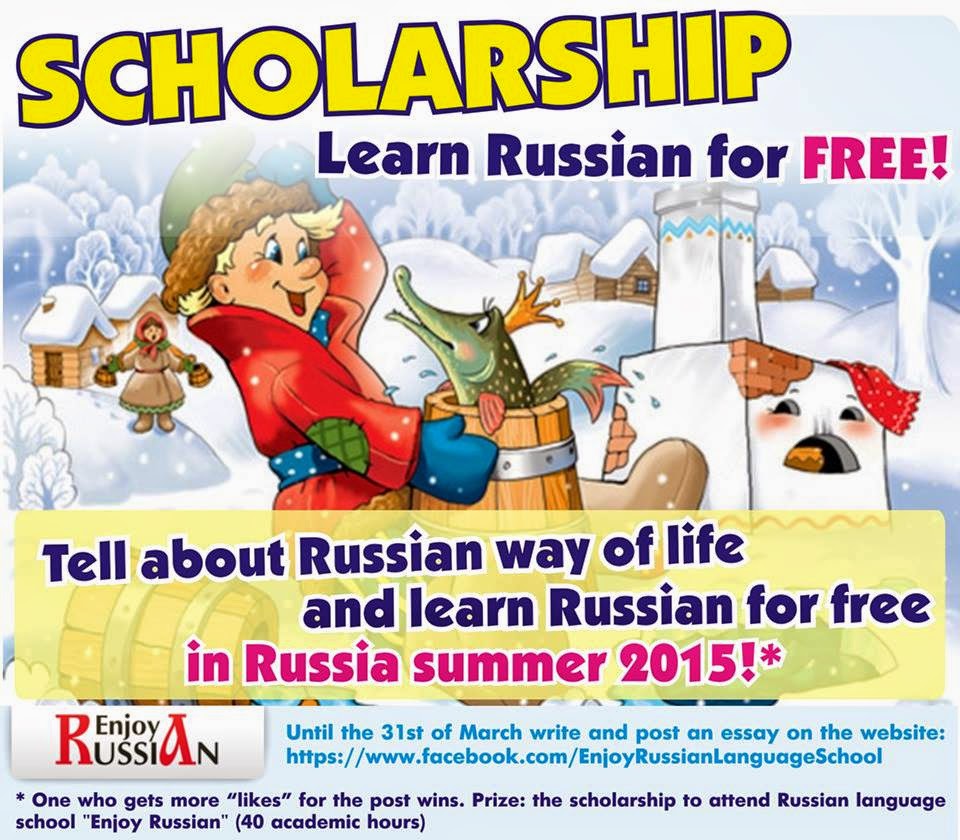2015 was declared as The Year of
Literature in Russia school of
Russian
Gogol was born in the Ukrainian Cossack village of Sorochyntsi Saint
Petersburg
In 1831 he brought out the first volume
of his Ukrainian stories (Evenings on a Farm Near Dikanka), which met with
immediate success. He followed it in 1832 with a second volume, and in 1835 by
two volumes of stories entitled Mirgorod, as well as by two volumes of
miscellaneous prose entitled Arabesques.
Between 1832 and 1836 Gogol worked with
great energy, and though almost all his work has in one way or another its
sources in these four years of contact with Pushkin, he had not yet decided
that his ambitions were to be fulfilled by success in literature. From 1836 to
1848 Gogol lived abroad, travelling through Germany
and Switzerland Paris
He eventually settled in Rome Italy Rome
In 1841 the first part of Dead Souls was
ready, and Gogol took it to Russia Moscow
After the triumph of Dead Souls, Gogol's
contemporaries came to regard him as a great satirist who lampooned the
unseemly sides of Imperial Russia. In April 1848 Gogol returned to Russia from a pilgrimage to Jerusalem

















































